Tonight, public polling enjoyed a bit of a renaissance. After a year of being dragged through the mud because of (perceived) broad inaccuracy in predicting the last presidential election, public polling had a good night. Democrats Ralph Northam (Va.) and Phil Murphy (N.J.) both won their states’ governor’s mansions by margins that reflected what the average of polls had been saying—not just in the final days, but in the final months of each race.
I have written previously that the perception of polling on Election Night 2016 was inconsistent with reality. Yes, polling missed its mark in a couple of key states in 2016; yet, the final polling in most states and nationally well reflected what polling was saying, particularly when accounting for margins of error. Polling is a scientific process that builds in margins of error. Mistakes beyond those margins of error can happen, but are probabilistically unlikely. In states like Wisconsin and Pennsylvania in 2016, those unlikely outcomes came true. Elsewhere, polling worked, just as it did tonight in the Garden State and the Old Dominion.
Of course, Governors-elect Northam and Murphy didn’t run to demonstrate the value and usefulness of public polling. They ran to distinguish themselves from their opponents and lead their states for the next four years. State voters reacted to a variety of issues that mattered to them. In Virginia, voters were more concerned with health care than anything else. While in New Jersey, voters cared quite a bit about political corruption (per NBCNews exit polling).
In both cases, the men currently occupying the governors’ offices likely had an effect. Virginia Democrat Terry McAuliffe’s desired Medicaid expansion in the state—which would have extended coverage to thousands of Virginians—was defeated by the GOP legislature. As the Affordable Care Act (ACA) and particularly the individual elements of the law became more popular within the state, voters worried deeply that proposed changes at the state and federal levels would threaten their lives and livelihood. That was a hurdle too difficult for Republican Ed Gillespie to overcome. Issues that Gillespie campaigned on, such as the removal of Confederate statues and the threat of the MS-13 gang, ended up mattering little in Virginia. Bread and butter issues mattered in Virginia, and on those, Gillespie was out of step with the majority of voters in the state.
In New Jersey, corruption is the name of the game. Republican Kim Guadagno is the state’s first lieutenant governor—a notable achievement. But unfortunately for Ms. Guadagno, her running mate was the historically unpopular Chris Christie. NBCNews polling today showed his popularity among voters in New Jersey in the upper teens—an actual bump up from statewide polling done in recent weeks. While corruption in New Jersey is a cancer afflicting both parties (see Democrat Bob Menendez’s recent federal trial), the fallout affected one party in this race. Voters who view Chris Christie’s behavior in office as repugnant could not separate his lieutenant governor from him—no matter her best efforts. Phil Murphy, the Democrat on the ballot and a newcomer to politics, could run away from Democratic corruption and distinguish himself as a better, cleaner choice. Tonight, he prevailed.
However, not all politics is local. Republican gubernatorial nominees Ed Gillespie and Kim Guadagno faced another brutal challenge in their states: President Donald Trump. Most people do note cast a vote for governor because of their opinion of the president, but a president with a low job approval rating in a state can make a party toxic and can create a lens through which a party and its candidates are viewed. In Virginia and New Jersey, Trump is persona non grata. In Virginia, Mr. Trump’s approval rating according to NBCNews exit polls was 42 percent among today’s voters (with 55 percent disapproving). The situation was worse in New Jersey. There, President Trump’s job approval was 33 percent with 66 percent disapproving. Such an environment creates an additional challenge for Republican candidates.
In some ways, it is not so much what an unpopular president does that matters, but what he does not do. What an unpopular president cannot do is go into a state and raise money for a candidate. An unpopular president cannot hold rallies to drum up support and motivate a state’s voters. A popular president or a popular politician can do just that. (For example, see former President Obama’s raucous October 19th rallies in Richmond, Virginia, and Newark, New Jersey, to encourage voters to turn out.)
Republicans faced tough paths to victory in these races. In Virginia, Ed Gillespie had a better chance than his counterpart, Kim Guadagno, did in New Jersey. And while elections are decided for a variety of reasons, narratives in politics can be contagious and can frame many news cycles. The reality: Republicans and President Trump lost a winnable governor’s race in one state and failed to hold a Republican seat in another. While Mr. Trump might have had a marginal effect on tonight’s races (although the massive boosts in turnout in Northern Virginia [especially Loudoun County] may suggest that the anti-Trump resistance is real), the narrative will say otherwise. The governors’ races will not tell us what will happen in the 2018 midterms, but if you’re a candidate for the House, Senate or a governorship next year, you have to feel better tonight if you have a “D” after your name.
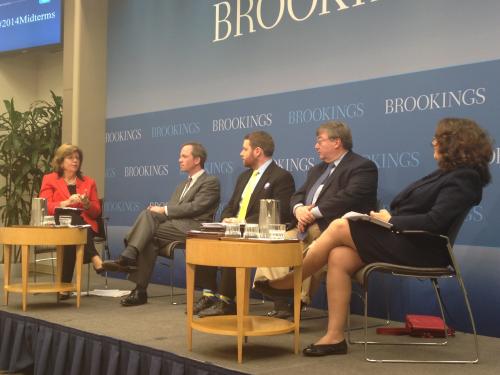
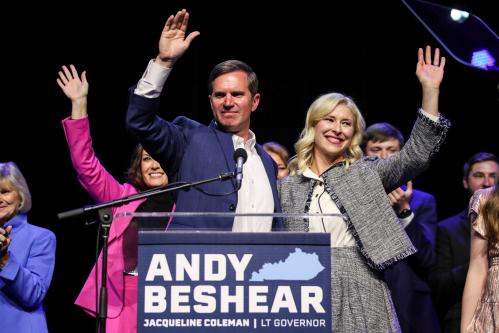

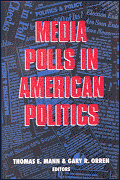
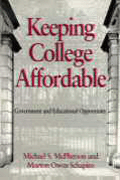
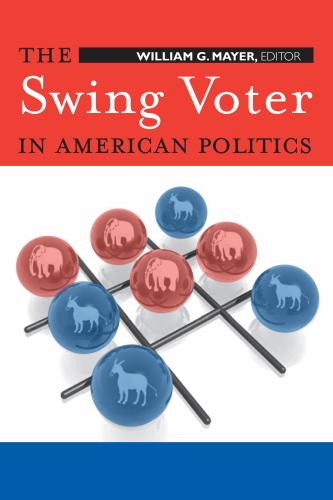




Commentary
What the Virginia and New Jersey elections tell us about public polling and Donald Trump
November 7, 2017